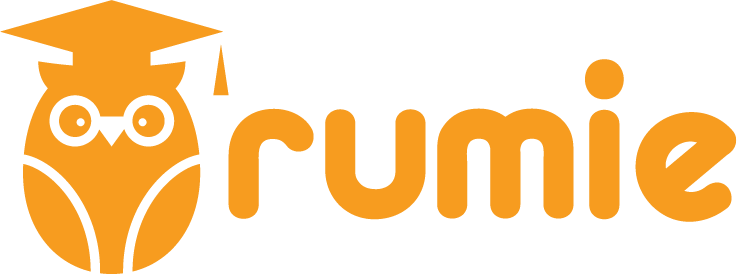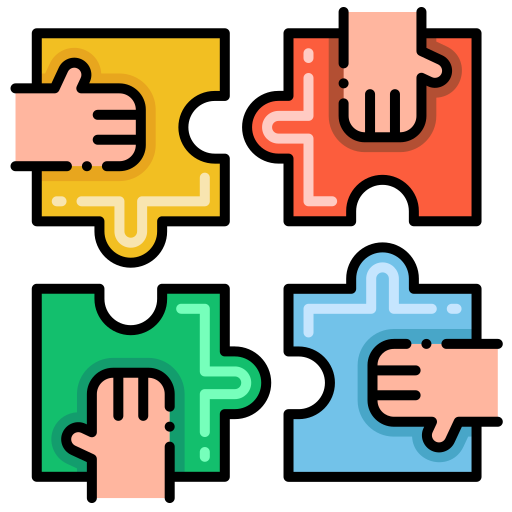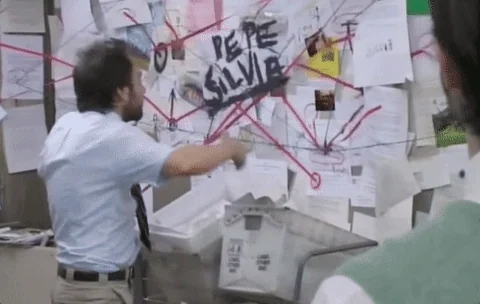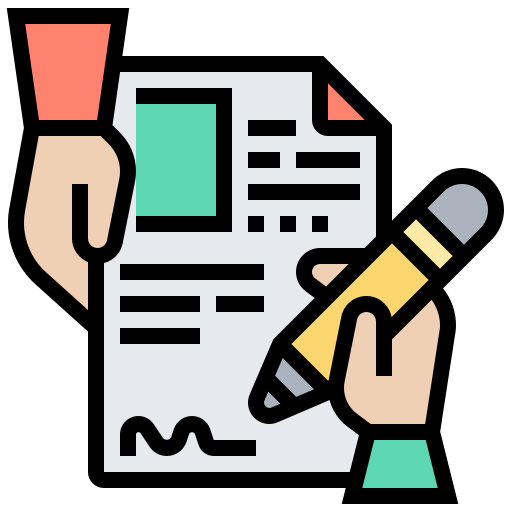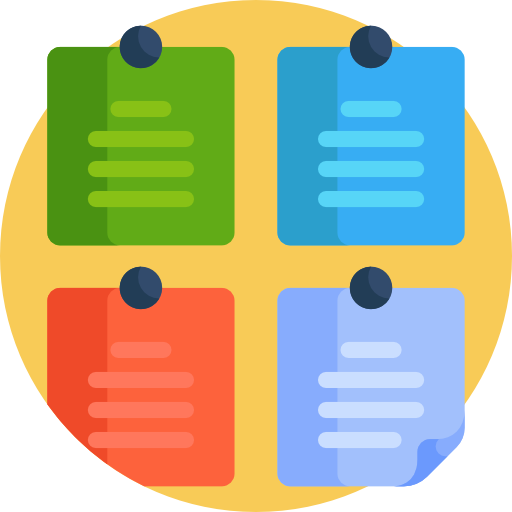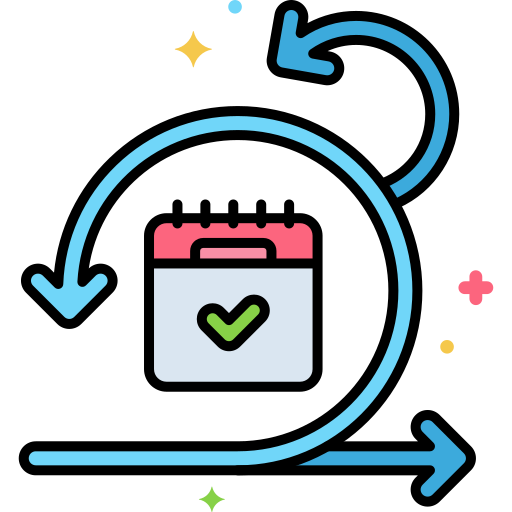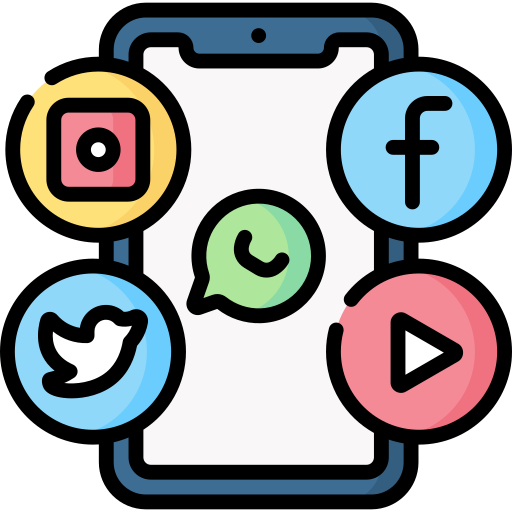Are you about to be a first-year kindergarten teacher? This is probably how you picture your classroom:
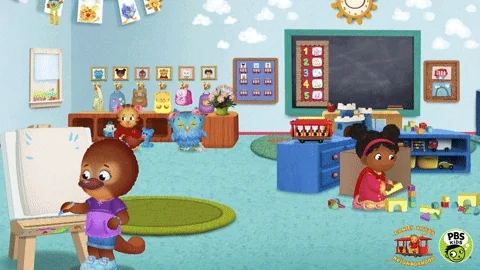
However, reality is always different than we imagine. Avoid common mistakes and prevent your classroom becoming this...
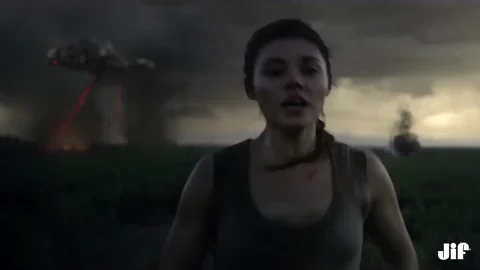
Implementing these steps will help you have a great year for yourself and your students.
Build Strong Relationships

Relationships with Students
Strong teacher/student relationships are:
The foundation of classroom management.
Necessary for a positive learning environment.
Needed to understand students' strengths, weaknesses, and interests to create meaningful, engaging, and effective lessons.
Try this:
Ask and listen to your students about their needs and interests during the year. I do this "All About Me" activity at the beginning of each year.
Celebrate small successes.
Have activities and displays to share about students as individuals in the room.
Relationships with Families
Strong relationships with families:
Are a tool for insight into students' lives.
Help create an effective partnership and continuity between school and home.
Promote more successful interactions when you must give negative news.
Try this:
Use a form of communication that allows consistent two-way communication.
Have opportunities for families to share and engage within the classroom. Consider ideas from this article: Increasing Family Engagement: 10 Effective Strategies.
Ask and learn about the personal lives, needs, and concerns of classroom families throughout the year. I send this "Winter Fun" document out to families every December.
Relationships with Other Staff
Strong relationships with staff:
Are a valuable source for information and solving problems within the classroom.
Make for better communication and collaboration as your students work with you and other staff.
Create a more positive environment.
Try this:
Be friendly, professional, and open to suggestions.
Ask and consider advice.
Be considerate of other teachers' time, concerns and obligations.
Avoiding gossip and talking about controversial topics.
Communicate regularly with other staff when they'll be affected.
Build Strong Lines of Communication with Families
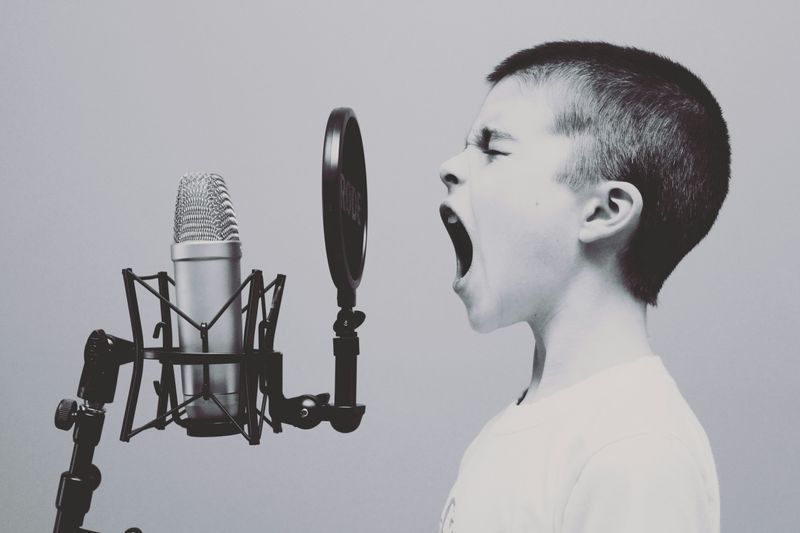 Photo by Jason Rosewell on Unsplash
Photo by Jason Rosewell on UnsplashGood communication is important because it...
Creates trust, collaboration, and a positive relationship.
Avoids confusion and promotes efficiency.
Allows you to address issues and concerns easily.
Gives you access to vital information.
You can build lines of communication in your classroom by...
Making communication predictable, prompt, often, and brief.
Knowing the best time and method of communication for families. Ask families to complete a getting to know you form at the beginning of the year. I have attached an editable family survey document that you can use.
Making communication two-way.
NOT assuming your students will pass along information.
Using this editable form before parent/teacher conferences.
Talking to other teachers and administrators and agreeing on one school messaging app (if possible). Families often have multiple students at one school, and using one app will make them more likely to engage.
Quiz
A big event is taking place at school and all of the students need permission slips and to bring in materials. How do you tell families?
Create an Organizational System
Every teacher is different, but every class will be filled with items that can easily get misplaced, forgotten, or create a cluttered environment.
Plan Out Your Time
Doing 30 progress reports the day before they're due isn't how you want to spend your time. Make sure to...
Use a digital or paper calendar and include all meetings and due dates.
Set alerts a few weeks ahead of major due dates and work a little each day.
Invest in a teacher planner book. Remember, WiFi problems happen!
Pad your schedule with extra time. It's better to play "I Spy" in the hallway for a few minutes with your class than sprint through the hallways.
Classroom Paperwork
Documentation is one of the most important and overlooked parts of teaching. Find a storage system that works for you.
Classroom Organization
Kindergarten rooms can easily start to feel cluttered. Make sure you...
Have clearly defined areas.
Involve the students in organizing and maintaining materials.
Invest in clear bins, caddies, and other organizational aids.
Label everything to find it easily later.
Make daily materials easily accessible.
Store materials near where they will be used when possible.
Start with Routines and Transitions
Veteran teachers know two weeks of teaching rules, routines, and procedures will save multiple hours each day the entire year and prevent numerous classroom management issues. Students must learn the rules, routines, and procedures of their classroom before instruction can happen.
 Keep it Simple
Keep it Simple
Use simple vocabulary and refer to locations (some students may not know "left" and "right" yet).
Example (for handwashing): "water, soap, rub, rinse, towel, faucet"
Think of ways to limit transitions and steps.
Post posters with visual reminders.

Describe Your Aspirations
Stay positive.
Describe what you want to see in the classroom.
Reward individual and group success and verbally narrate what they did. This reminds and encourages other students to copy their classmates.
Example: "Joe is standing facing the door with a bubble in his mouth and keeping his body to himself. I'm giving him a sticker."
This is me during the first few weeks of school:
Show Before Do!
There are fire drills for a reason. Practice makes perfect. As you model what you want to see and have the students practice you also have the opportunity to see what works and what needs a change.
When teaching a procedure:
Model and narrate the procedure yourself.
Narrate one or a few students doing the procedure.
Have the whole group try.
Repeat, and Repeat, and Repeat...
Rules, routines, and procedures are only effective when they are followed. Throughout the year, you'll need to review and practice again and again and again...
When returning from winter or spring break, I always plan to review and practice all of the expectations and procedures. Making the class review or practice a rule or procedure from time to time is essential!
Quiz
You want to teach the class to line up. Which steps do you use? Select all that apply:
Develop a Collection of Resources
No two groups of students or school years are the same. You'll learn a lot, but what works in September may not work in November or next year. There are too many complex variables in teaching. You can't have enough resources. Start building them now.
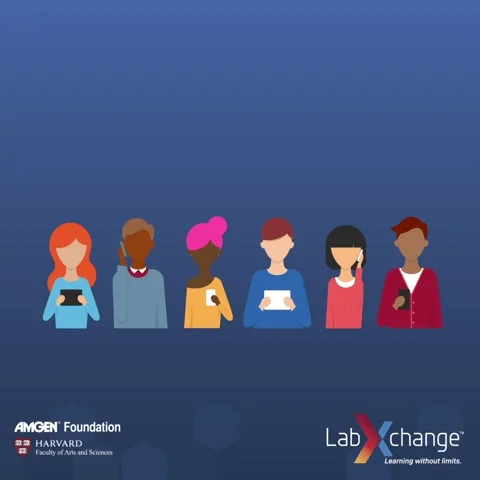
Other Staff
The other staff at your school have faced similar problems and know the students and their families. They can also give a useful outside perspective and sounding board.
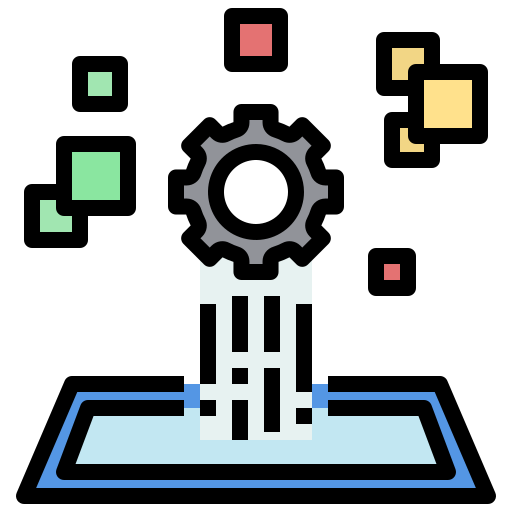 Technology
Technology
Educational technology is evolving every day and enriching curriculums. There are:
You can even create a classroom blog!
Social Media
Teachers have taken to social media to share lessons, tips and tricks. Find ones that you like and follow them on your favorite platform. My favorite is Rachel Vincent.
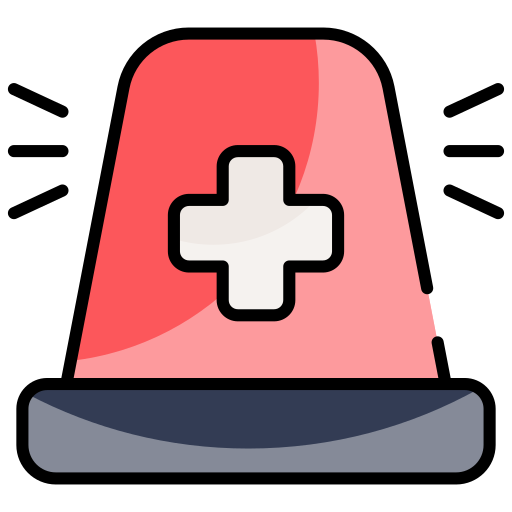
Emergency Activities
Hope for the best, and plan for the worst. It's impossible to anticipate what will happen or how much time lessons will take during the day. Have a set of brain breaks, stories, and games ready. Do NOT rely upon the ability of kindergarteners to wait patiently.
Be Reflective
The best teachers aren't perfect — they're reflective. There will be lessons that go well and lessons that go poorly. Examine why and use what you learn for future lessons.

What Worked?
What was the point if you don't know if it worked? Be sure you're tracking progress. If the lesson you plan doesn't have a way to assess if the students meet the objective, it's worthless.
Good documentation helps you:
Show what strategies worked for the whole group and individuals.
Avoid teaching lessons and skills below or above the abilities of your students.
Find and gather data on students who need additional support.
Have better classroom management.
Prioritize Self Care
Beware of Teacher Burnout
"Up to 30% of new teachers are quitting their job within 5 years of teaching." Your first year will be the hardest and incredibly time-consuming. Take the time to prioritize your physical and mental health.
 Photo by Max van den Oetelaar on Unsplash
Photo by Max van den Oetelaar on UnsplashIt doesn't need to all be done today!
The amount of work you need to complete can be overwhelming.
Be strategic, create a list of tasks that you need to complete. Mark them in the order they need to be done.
Focus on the most necessary and urgent tasks first.
Remember you will be in school tomorrow. The world won't end if everything isn't done today.
Schedule one personal thing for yourself each day.
Keep a sense of humor. I find exercise relaxing and recommend this funny yoga video for teachers.

Take Action
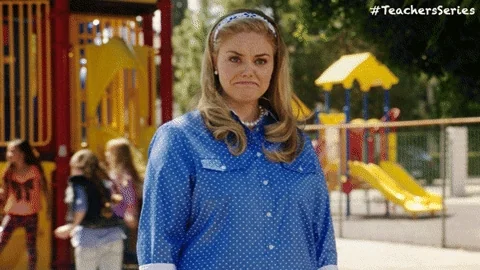
The year will be challenging. You'll need to be flexible and reflective. Be honest with yourself about what you need and what your students need. Think about these questions.
Your feedback matters to us.
This Byte helped me better understand the topic.
